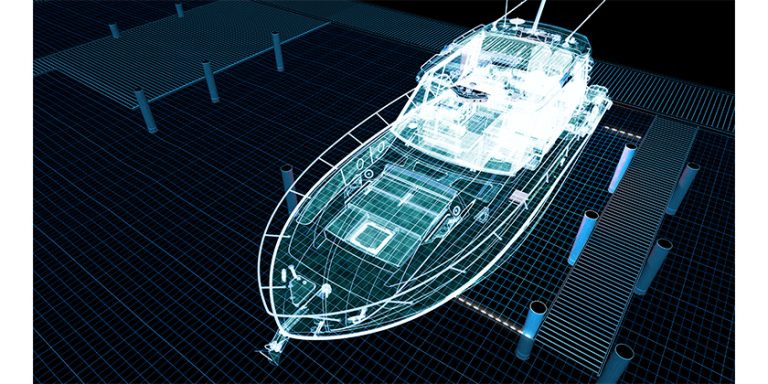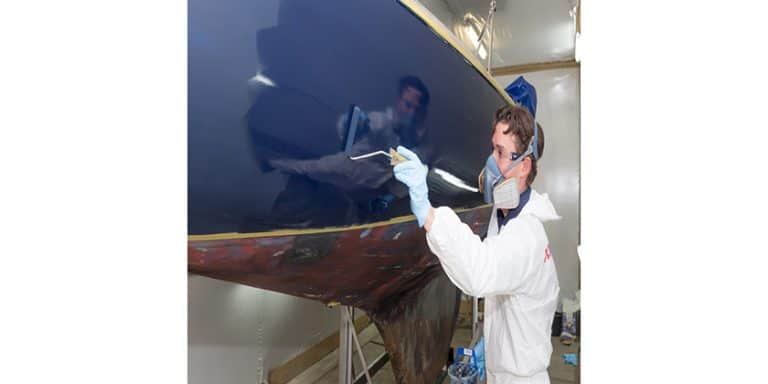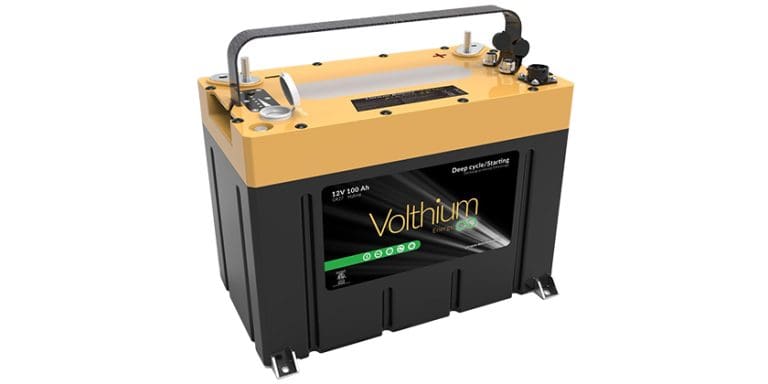The Glass Helm: AIS for Every Boat
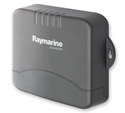
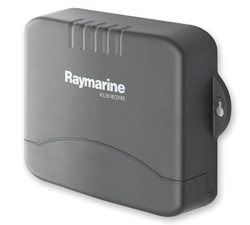 Although the Automatic Identification System (AIS) isn’t new, the importance and functionality of AIS for pleasure craft may well drive dramatic growth in the coming years, so we have chosen AIS as Part 4 in our Glass Helm series. There are many reasons why.
Although the Automatic Identification System (AIS) isn’t new, the importance and functionality of AIS for pleasure craft may well drive dramatic growth in the coming years, so we have chosen AIS as Part 4 in our Glass Helm series. There are many reasons why.
First, there are two versions of AIS1: 1) a receive only system; and 2) a Class B transponder which both sends and receives. While being able to receive AIS information has great benefits for smaller vessels, future security and vessel traffic requirements may drive the requirement to have a full send/receive system to operate in busy coastal areas and inland waterways – anywhere there is commercial shipping or border security concerns.
We contacted Roy Shipley at CMC Electronics Esterline and asked his opinions about AIS. “I doubt that more than 5% of pleasure craft are currently AIS-equipped,” Roy told us, “but it could become mandatory for specific areas, especially under the Homeland Security programs.”
Roy explained, “AIS transmits an MMSI (Maritime Mobile Service Identity) number on a continuous basis. You get your MMSI number and registration from Industry Canada at no charge. The form is online and the information is the same as for DSC (Digital Selective Calling) for your VHF radio so many people are familiar with that.
By being able to read the MMSI information, smaller vessels with basic chart plotter navigation equipment can benefit greatly from AIS even when they are not equipped with radar. Through the transmission of AIS data which includes GPS position, the receive only AIS boat can see all the other vessels nearby that are AIS transponder-equipped. This does not replace the need for radar because for now at least, some vessels will not be transmitting AIS signals. But it’s a great start.
Even for radar-equipped boats, the weak link in the current generation of collision-avoidance electronics is the inability to identify any given radar target when multiple contacts are being tracked, especially at night or in reduced visibility, when it is impossible to verify a ship’ s identity visually. This inevitably leads to confusion and has been cited as a contributing factor to many collisions and near-collisions at sea.
Automatic Identification Systems (AIS) will help to resolve this difficulty by providing a means for vessels to exchange ID, position, course, speed and other vital data with all other nearby vessels and shore stations through a standardized transponder system. The data exchange will be totally automatic and transparent to the users. The result will be a dramatic improvement in situational awareness for all vessels by giving them a clear and unambiguous identification as well as other vital information.
AIS messages are designed to work autonomously and continuously in a ship-to-ship mode for all vessels. But for commercial shipping, the specifications provide for switchover to an “assigned mode” for operation in an area subject to a competent authority responsible for traffic monitoring. The data transmission intervals and timeslots are set remotely by the shore side authority. Alternatively, the AIS can work in a “polling mode” in which the data transfer occurs in response to interrogation from another ship or shore station.
Information Provided by the AIS
Static Data
1. IMO number (where available)
2. Call sign and name
3. Length and beam
4. Type of ship
5. Location of position-fixing antenna on the ship (aft of bow and port or starboard of centerline)
Dynamic Data
1. Ship’s position with accuracy indication and integrity status
2. Time in UTC Course over ground
3. Speed over ground
4. Heading Navigational status (e.g., at anchor, not under command, manually entered)
5. Rate of turn (where available)
Voyage-Related Data
1. Ship’s draft Hazardous cargo (type)
2. Destination and ETA (at master’s discretion)
3. Safety-related messages
4. As Needed
When integrated with shore-based vessel traffic systems (VTS), AIS provides a powerful tool for monitoring and controlling the movement of vessels through restricted harbours and waterways.
AIS messages must be updated and retransmitted every few seconds at a minimum, since the usefulness of the data decays rapidly as a function of time. To accommodate this high update requirement, AIS utilizes a unique self-organizing time-division multiple access (SOTDMA) data communications scheme, which uses the precise timing data in the GPS signals to synchronize multiple data transmissions from many users on a single narrowband channel.
It is easy to see that this VHF broadcast information stream is relatively simple and reliable, yet through the unique MMSI numbers, it can become a powerful system to identify all vessels that are AIS-equipped.
Where pleasure craft really benefit is that with a relatively inexpensive GPS chart plotter system and a separate and dedicated VHF antenna, the AIS data can be displayed on your screen, even for vessels in fog, approaching from around an island and so on.
This doesn’t replace radar, but adding AIS to a radar system greatly enhances your ability to navigate through areas such as the Thousand Islands where both pleasure craft and commercial shipping share small spaces and narrow channels.
Because this started with commercial shipping, it is no surprise that there are lots of products on the market from generic offshore suppliers but we suggest a name brand system that is designed and built to integrate with your existing equipment.
An example is the Raymarine AIS250 Receiver module which is a “listen only” AIS receiver that easily integrates with your existing VHF antenna using a built-in VHF splitter. The AIS250 then interfaces to most Raymarine multifunction displays allowing AIS targets to be graphically overlaid in both the chart plotter and radar modes.
For under $800, the Raymarine AIS250 monitors class A and B AIS broadcasts and can overlay AIS targets on Raymarine multifunction displays in both chart plotter and radar modes to enhance your situational awareness by monitoring a target’s name, course, speed, and navigation status. This can also reconcile AIS targets with radar targets for added safety.
Moving up to about $1,500, you could get a Raymarine AIS500 Transceiver module that both receives AIS targets and transmits your vessel information to other AIS receivers.
Furuno’s FA30 AIS Receiver is similar to the Raymarine AIS250 in that it provides real-time information about AIS-equipped vessels to your NavNet 3D or NavNet vx2, AIS-ready chart plotter, navigation software or radar. The Furuno FA50 is its transponder version. For larger vessels who want a full and independent AIS system with display, you can choose a set like Furuno’s FA150 but now the price is approaching $5,000, so there is already a wide range of product choices in the marketplace.
The main thing is to ensure that your AIS equipment is compatible with the other electronics onboard to achieve the greatest functionality. For now, you can choose to have AIS or not, but we are betting that the benefits to both boaters and to the maritime authorities will start to bring AIS under future legislation.

